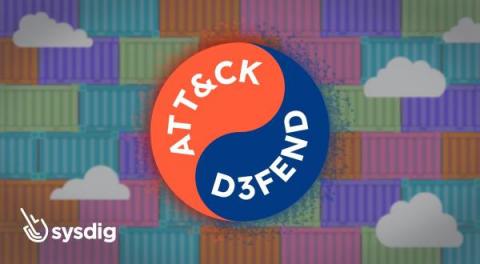How to Detect SCARLETEEL with Sysdig Secure
The recent SCARLETEEL incident highlights the importance of detecting security threats early in the development cycle. With Terraform state files, attackers can easily access sensitive information and gain unauthorized access to your cloud infrastructure. In this case, the attackers exploited a containerized workload and used it to perform privilege escalation into an AWS account, stealing software and credentials.














